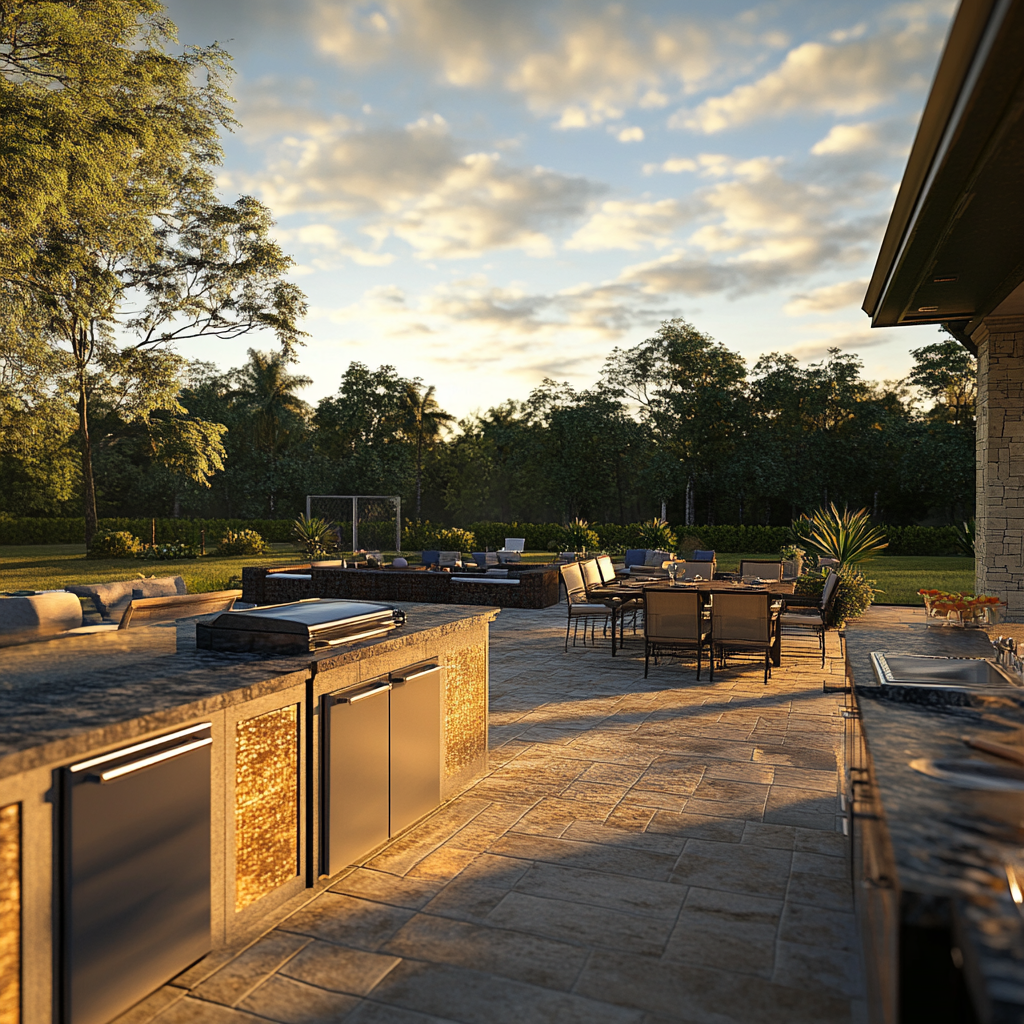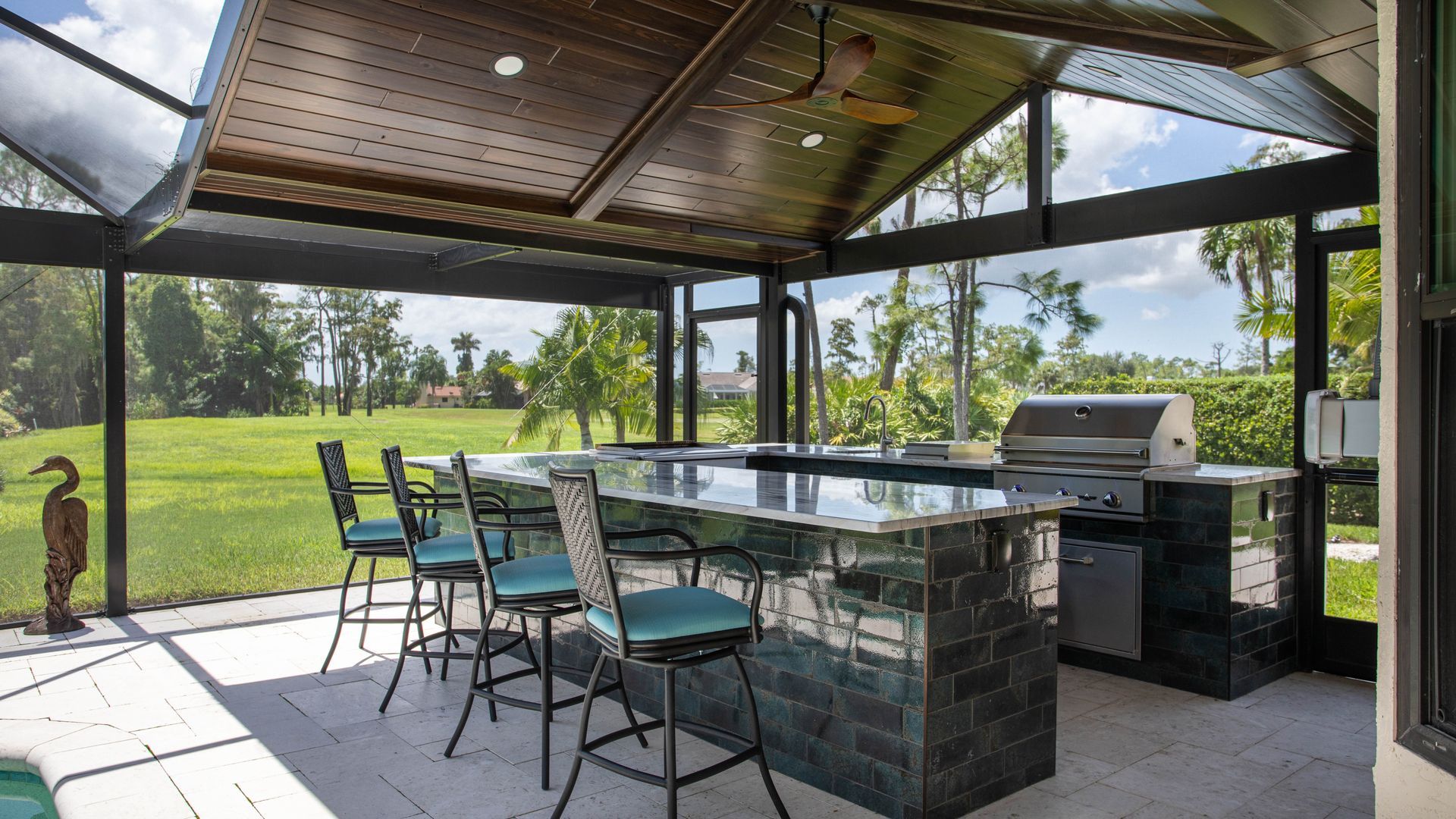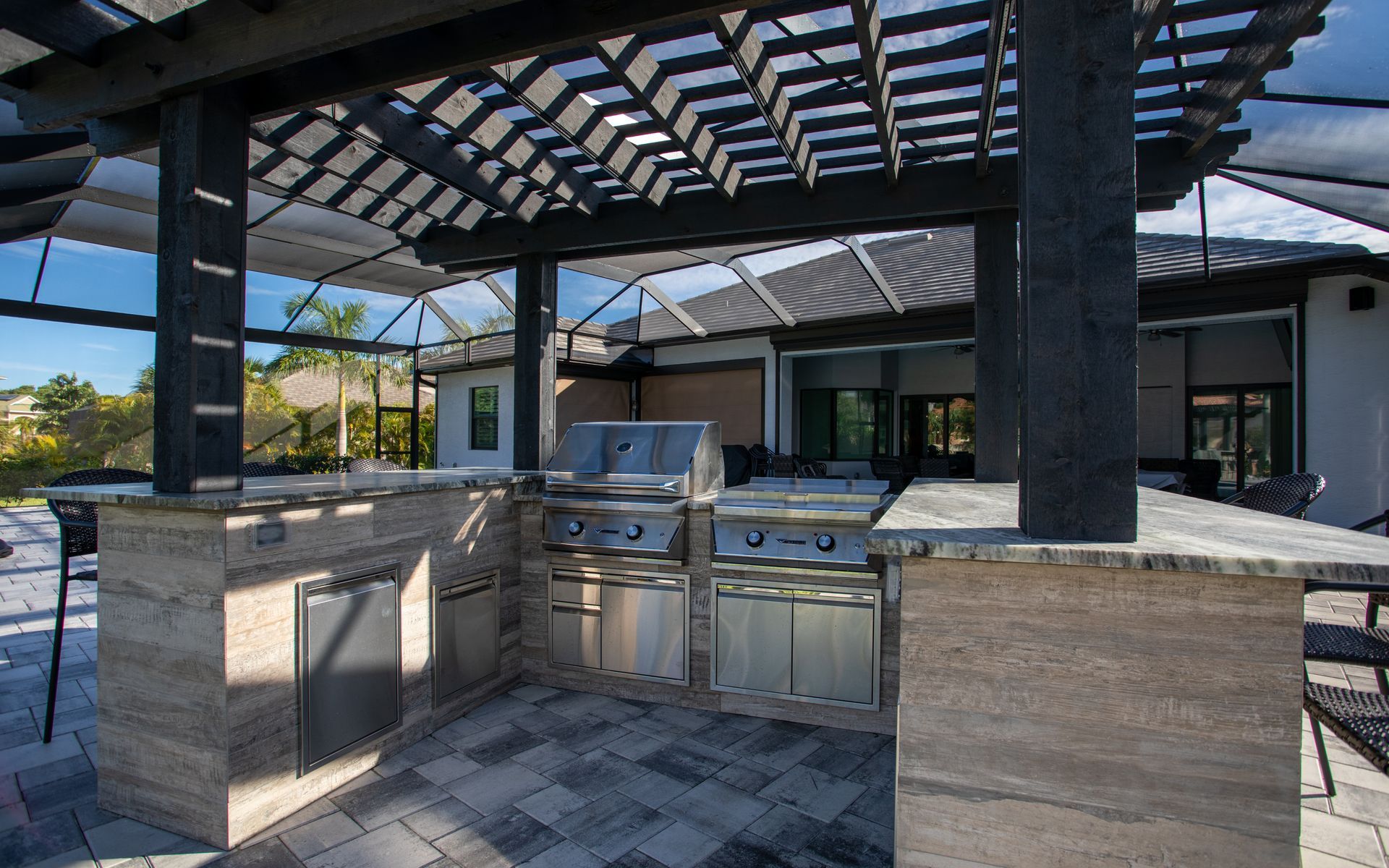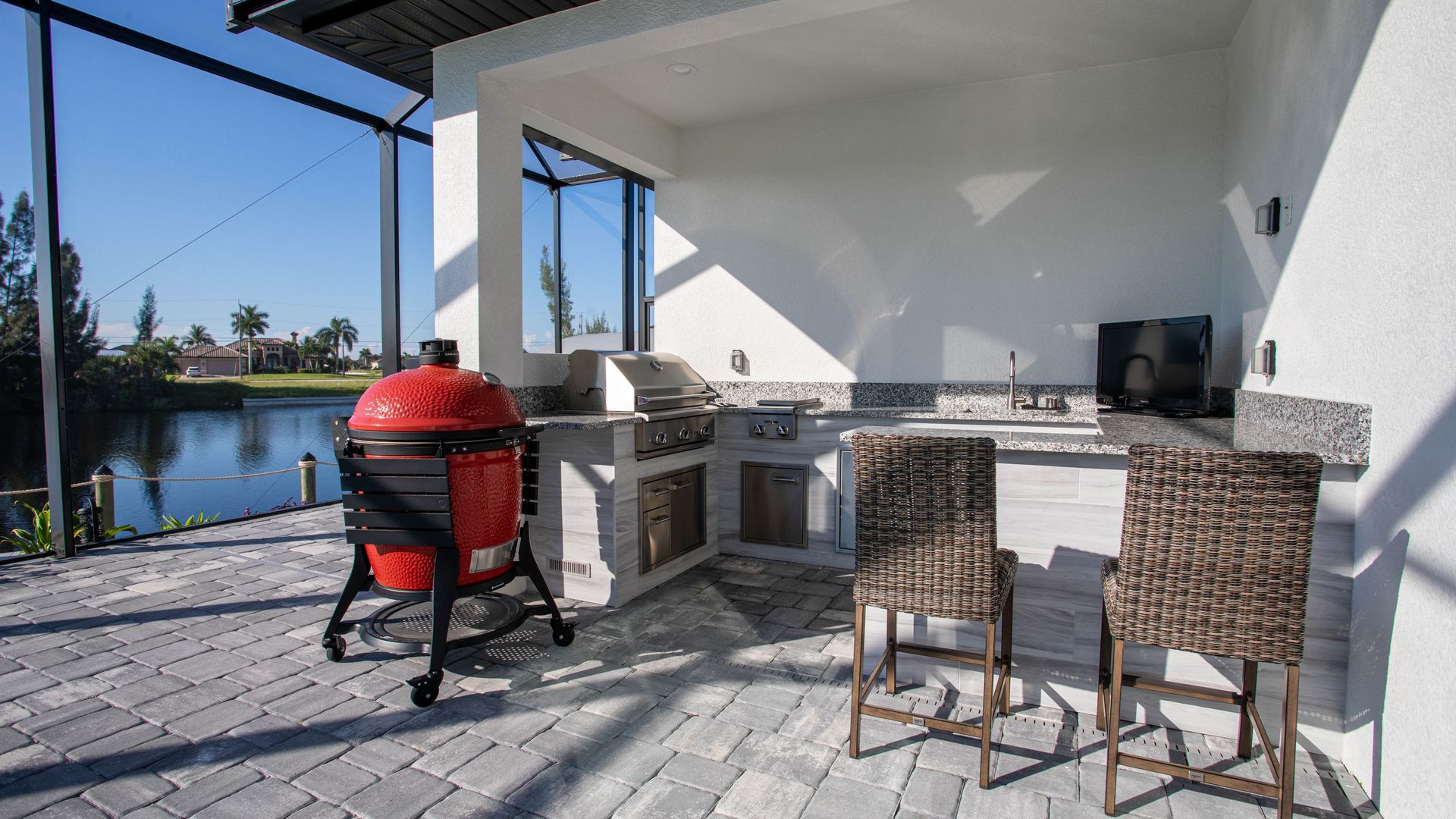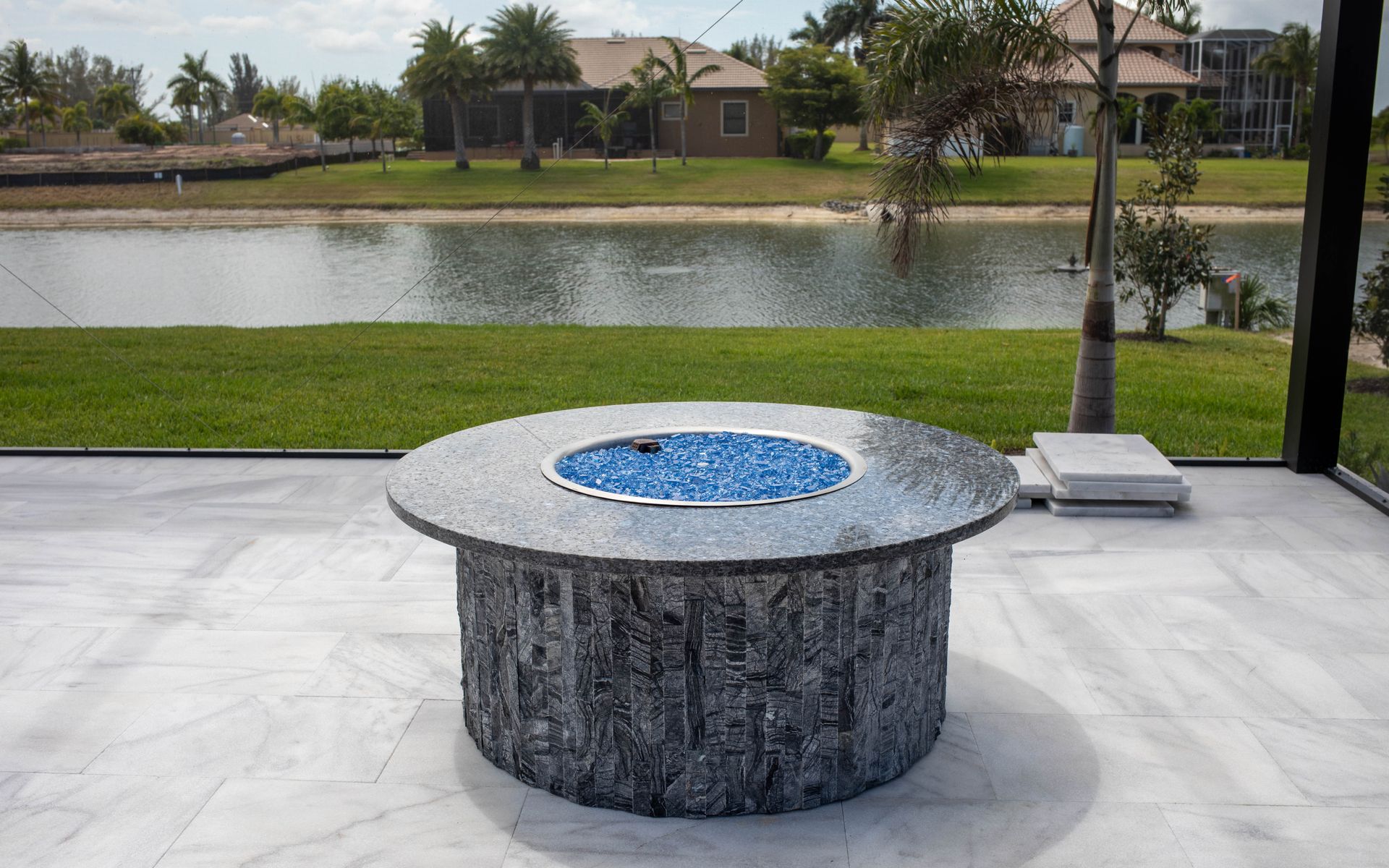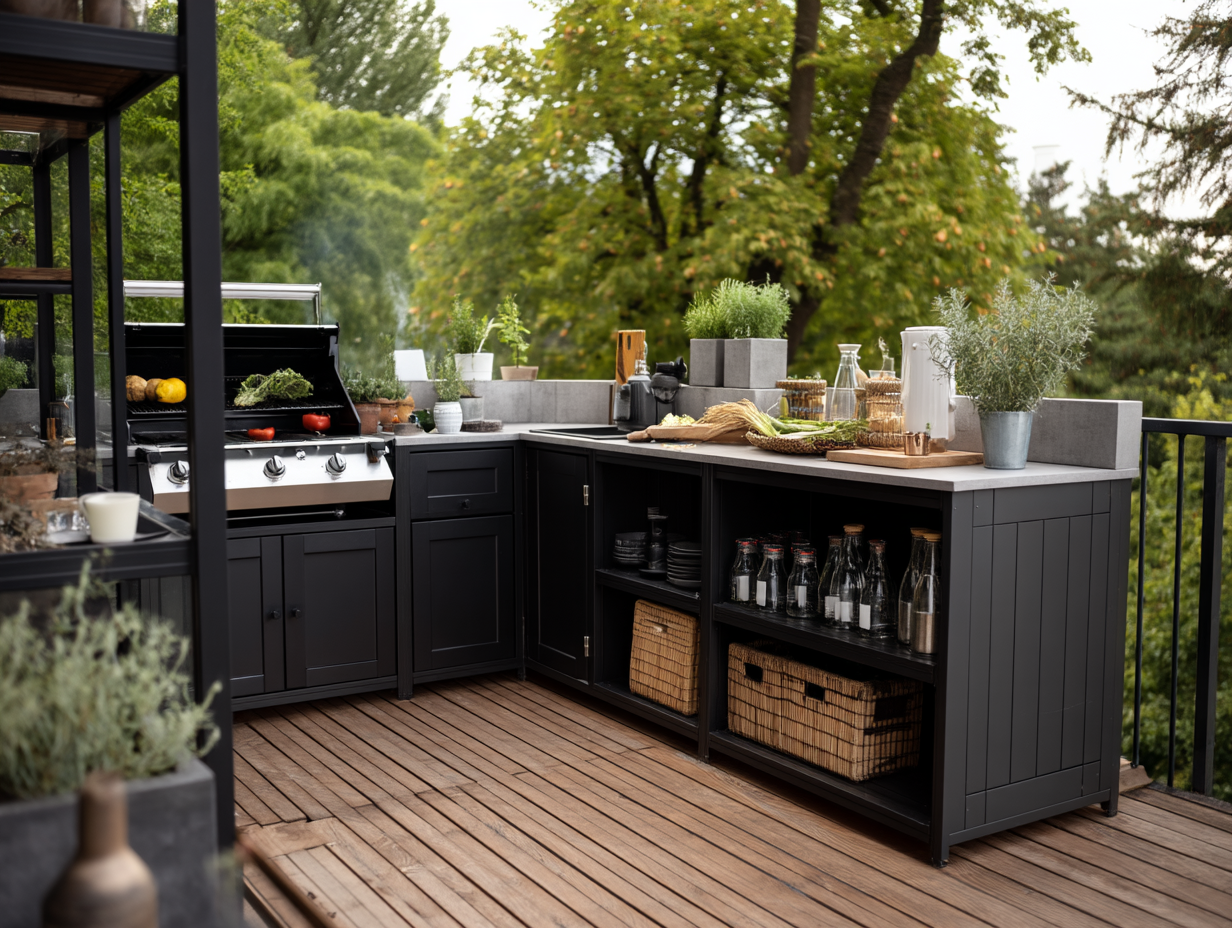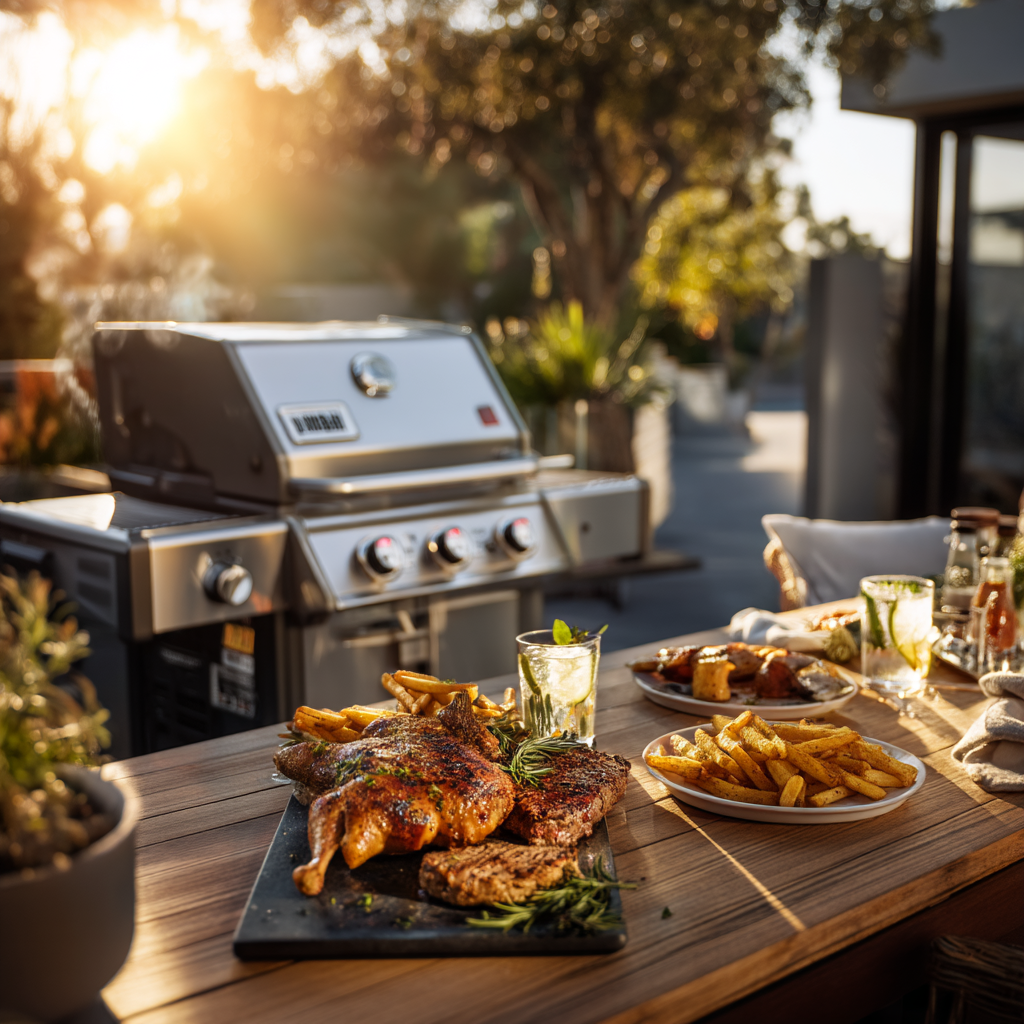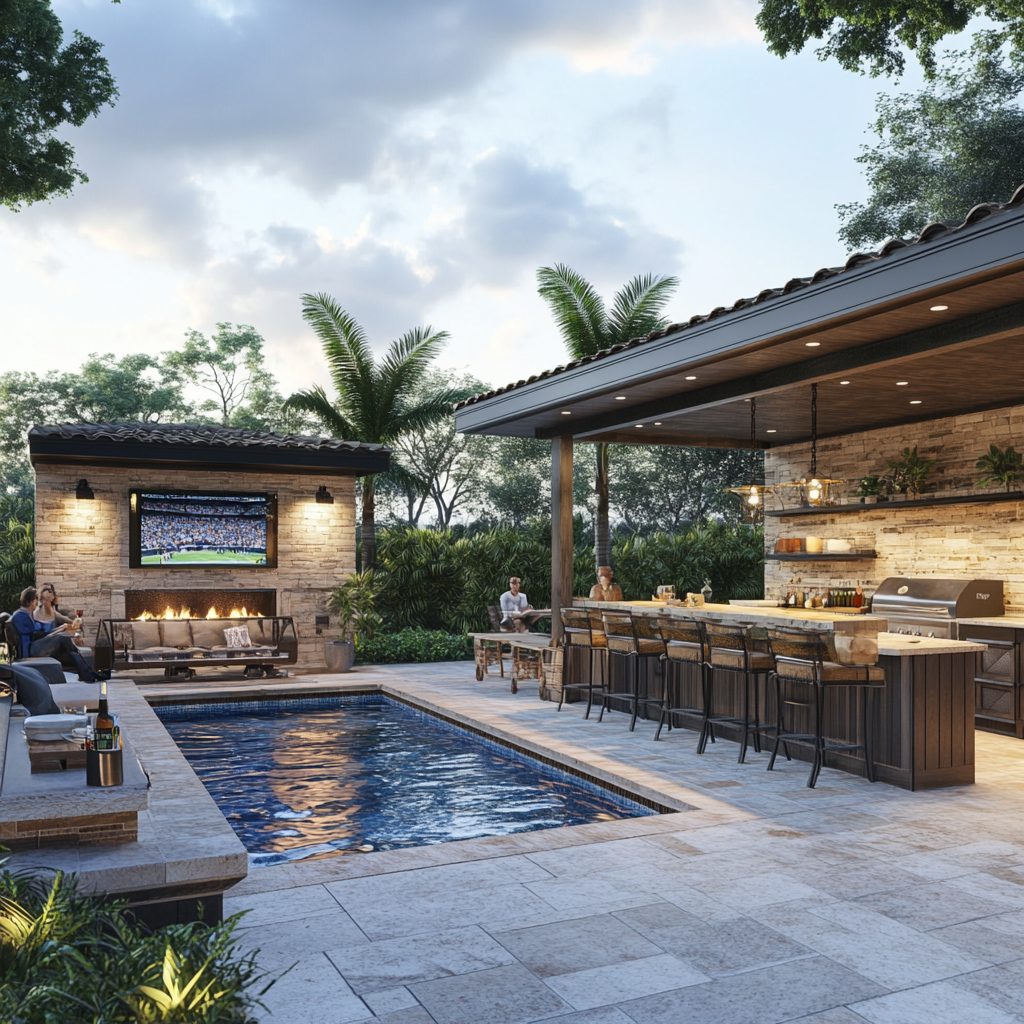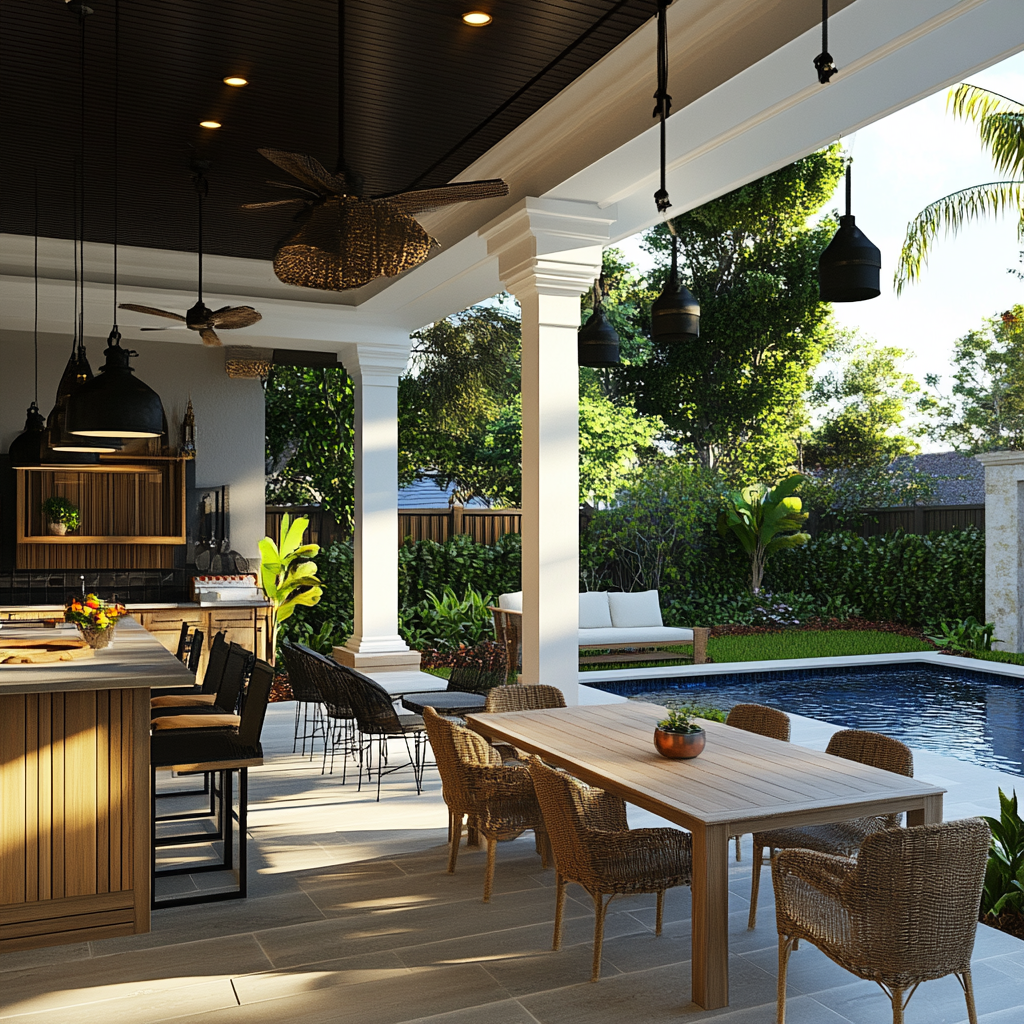9 Must Knows When Using Wood for Pergolas, Ceilings, and Decks
Henry Posey
What you need to know about building wood outdoor features in Florida so you want get ripped off.
You're spending hard-earned money on something you want more than the money. Guess what? All wood rots and some woods have other problems.
1. Why does wood rot?
When prolonged moisture, temperature changes, and fungi meat at the same spot on a piece of wood, we get what we call rot. Where the wood touches together or where it touches the ground is where it happens first. Around fasteners such as nails, screws, or other hardware is a close second.
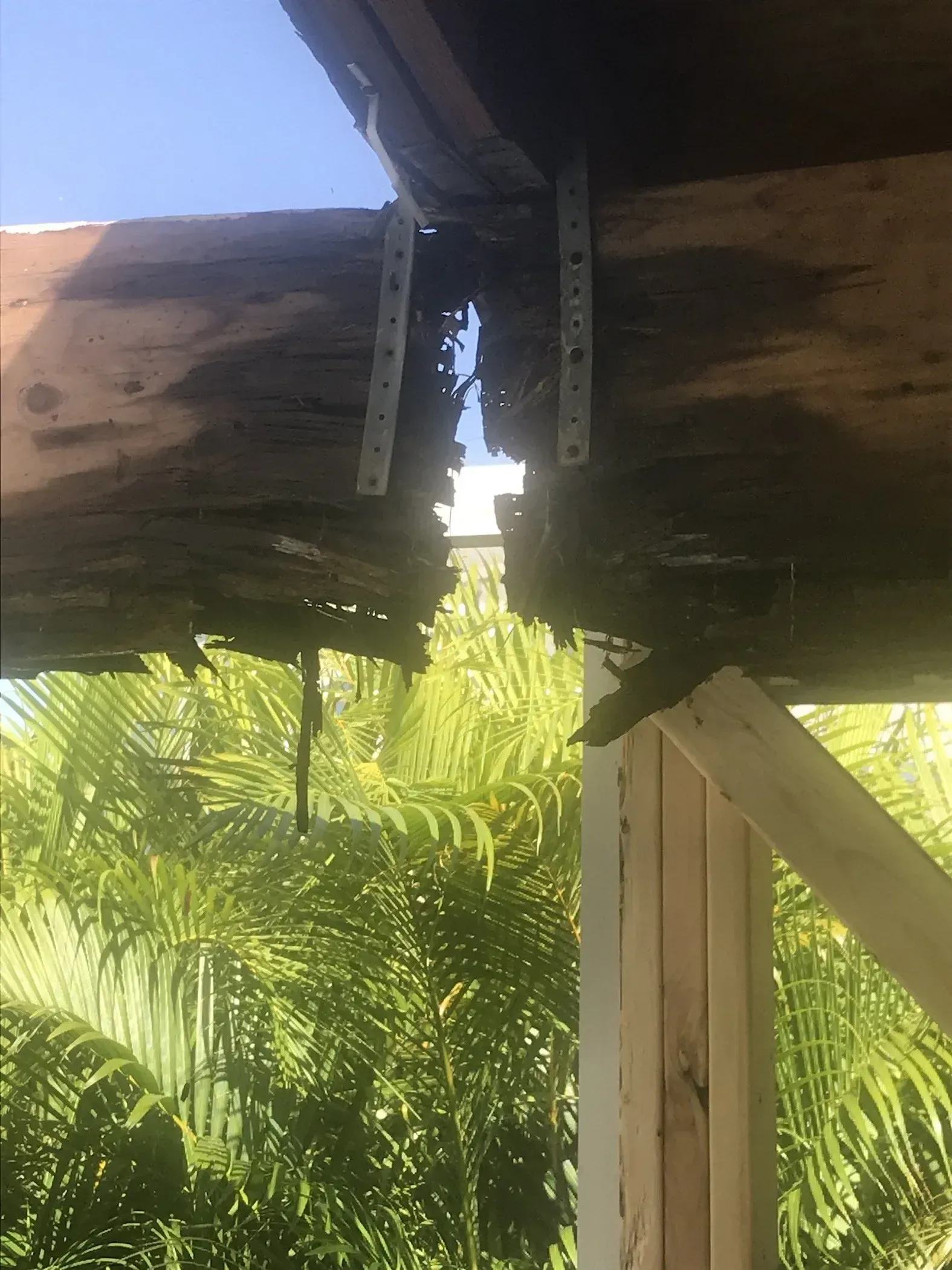
Main support beam for a pavilion roof originally built in 1993. Probably started rotting the day after it was built.
2. What species of wood do you use to build a pergola or deck?
Softwoods like pine and hemlock are most susceptible to rot and are treated with chemicals (we call it pressure-treated or PT) to give them a little longevity. Untreated or not maintained, you will experience problems in as few as five years. Maintained regularly, meaning at least annually, you can still be looking pretty good for ten to fifteen years.
Other softwoods like Douglas Fir, Cedar, and Redwood have characteristics that give them a bit more staying power. They are dryer and not sappy like the other conifers (that word's going to be in a test at the end). They dry out much quicker, even where they're connected - touching the ground, concrete, or other things that can hold moisture is still a problem. Untreated, these species will still be holding up ten years later and can last up to twenty years but will look crappy. Treated and appropriately maintained with oils, stains, or sealers, they will still be looking fantastic twenty-five years later.
There are not many American hardwoods that we commonly use to build pergolas and decks exposed to the elements. Hmm, only one species comes to mind - Cypress. Cypress is a conifer, so it's technically a softwood but gets most often classified in the hardwood category for some odd reasons. Cypress and Douglas fir can give you a smoother, less rustic look but expect similar performances as the Cedar and Redwood.
We have to go exotic to get stuff that rejects rot and insects the best. You may have never heard of Tigerwood, Camaru, Garapa, and Brazilian IPE (also called Brazillian Teak), but we're talking woods that will last fifty years untreated. All of them are from the southern hemisphere and require a jungle to make them what they are. It is still good to maintain them with the appropriate oils to keep them from producing the tiniest of little splinters.
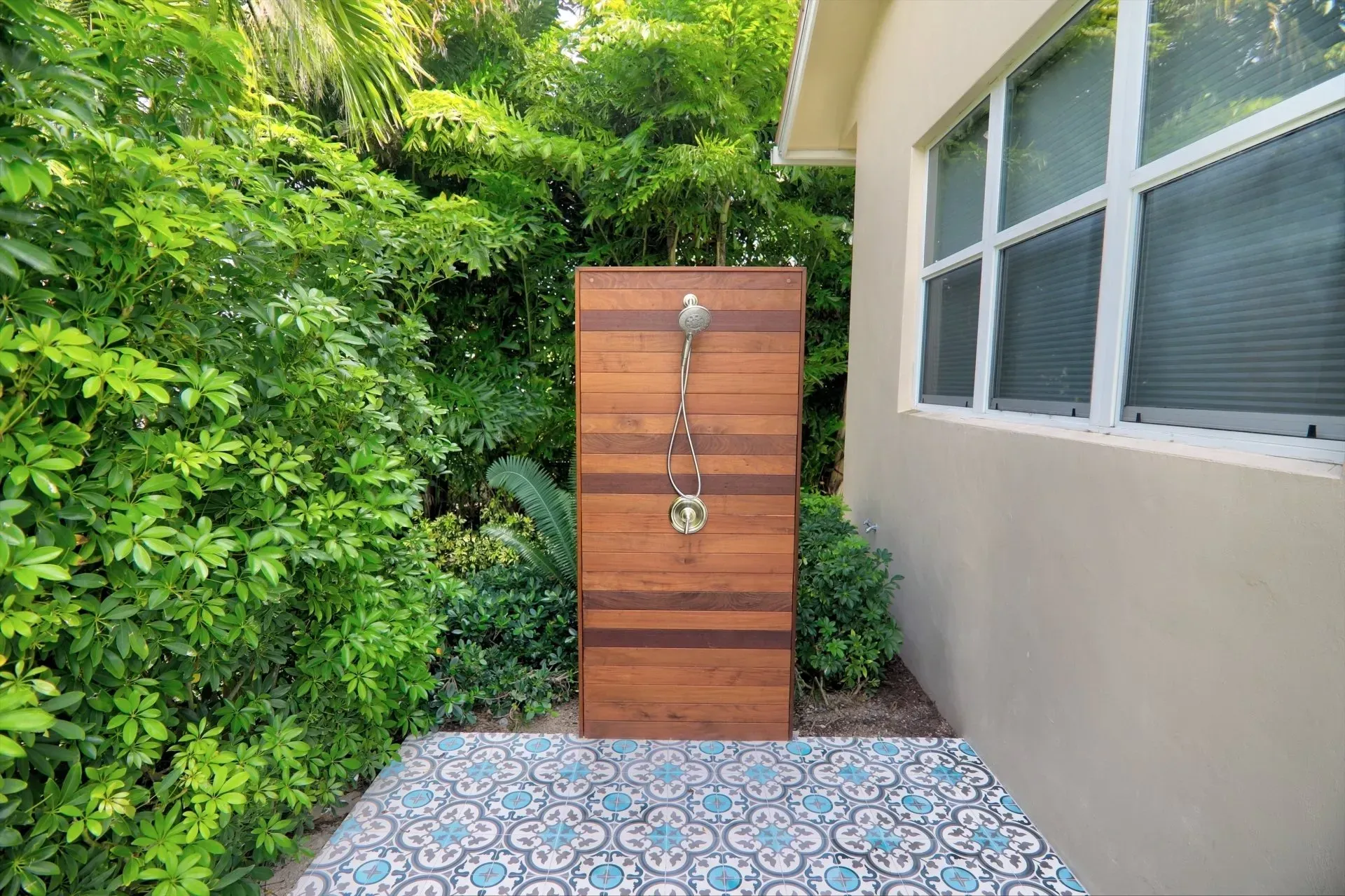
Outdoor shower we built with IPE.
3. What happens to wood in the sun?
What happens to your skin in the sun for 30 minutes or an hour? Wood gets exposed to the sun all day every day. It gets bleached out, turning it some hue of gray. The lighter the wood, the more luminous the gray, the darker the wood it could be close to a charcoal color. To maintain a particular look, you will have to regularly clean and apply a finish coating. This section applies to every species used outdoors.
4. What's up with the cracks and splits?
The ends of PT splits and buckles, cracks, and significant splits can form anywhere. Cedar, Cypress, and Fir can come with cracks or develop them over time except they are not cracks - it's called checking. It's just what happens to wood when applied to time—exotics, not so much of anything other than the greying and tiny little hair-like splinters.
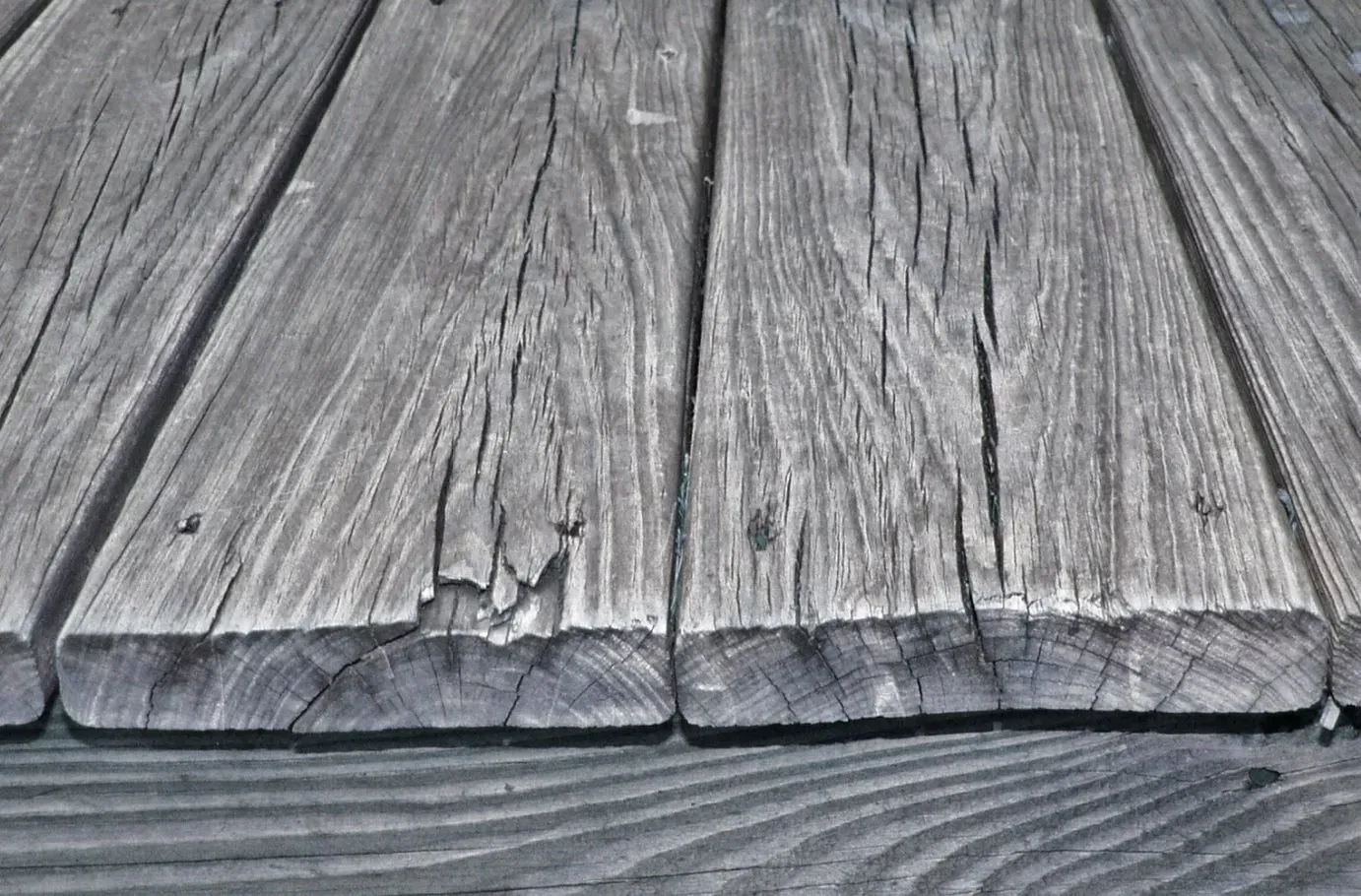
Pressure-treated Pine baking in the sun for a few years.
5. What's the difference in cost?
That's a loaded question. Pressure-treated is the cheapest and easiest to work - most inexpensive material cost, most affordable labor cost, and most reasonable wear and tear on tools. I tried to avoid using the word cheap, but that's the word: cheapest but most maintenance for it to last on a deck or pergola. It cain't be stained or painted for several months after installation, requiring a return trip if you want us to do it. And, you have to stain or paint it regularly for it to last.
Cedar and Cypress are going to double the cost of material and labor goes up a smidge. We can stain, seal, or paint it at the time of installation, optimal for longevity. If we're staining or sealing, we do it before or as we're building it. Every surface that touches another is coated, creating the best performance possible. If your guy or gal is not doing it this way, either ask why or demand it.
Exotic hardwoods, are you that person that wants the best of the best so bad that you need it? Expensive, hard to work and the tools hate it so much they try to jump out of the truck before we get to your house—new drill bits and saw blades required for every job and sometimes several. We can build almost anything with it, but many companies are scared to death to hear the names. Look at the Brazillian Teak in the pic below, I did it myself, and I'm not the best guy we've got (but maybe the most expensive because I'm getting old and slow).
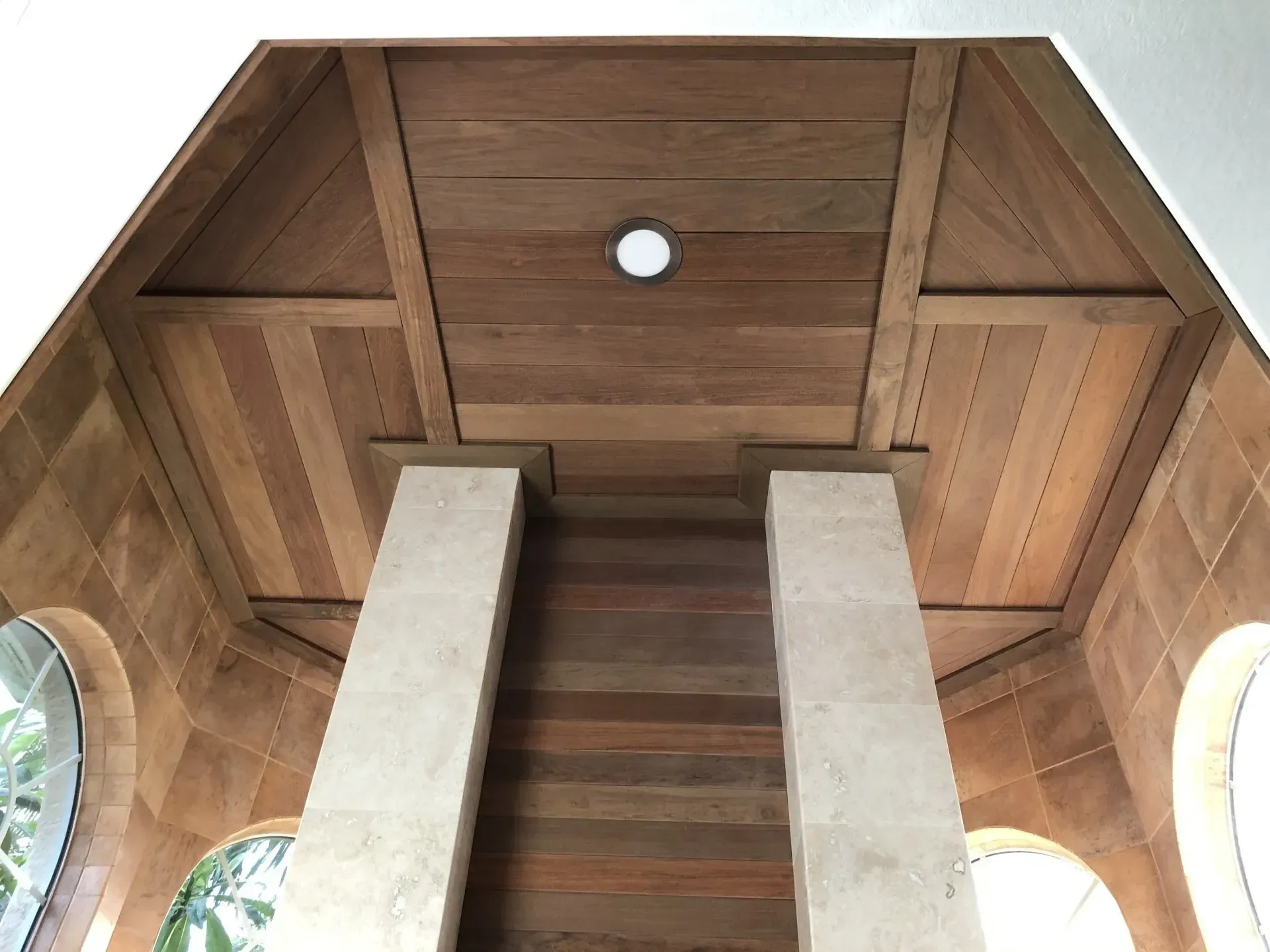
Brazilian Teak wood ceiling. No fasteners or nails showing.
6. What wood to use to build a pergola or trellis?
Pressure-treated pine is the least expensive but requires the most maintenance and has the shortest life.- Cedar costs almost twice as much and gives a more rustic look. Maintenance is a bit easier, and it lasts a long time.
- Cypress costs a tad more than Cedar but will generally have a smooth finish. It has the most extensive variety of board and beam sizes and is about the only option for larger structures.
- The exotic hardwoods come in the least variety of plank sizes and no beams. When designing pergolas, hardwoods require other types of would or aluminum or steel for the post and beam structure. They look fantastic and lend more to a modern contemporary style.
7. What wood to use to build a deck?
- The structural part of a deck, the post and beams, are made with pressure-treated pine.
- Pressure-treated planks are the least expensive. They will require periodic cleaning is needed to remove the build-up of mold, mildew, and algae to keep it from getting slippery. Maintenance is high.
- Composite materials made of PVC's and other plastics are a good option. Costs are about the same as the exotic hardwoods with a bit less labor expense. But they do not give you the look and feel of real wood. They hold and radiate heat when in the direct sunlight. And, they are the least maintenance of all the options and will look fantastic for a half-century.
- IPE or Tigerwood hardwoods will give you the most luxurious and cleanest look. If you want the best looking deck around, expect to pay handsomely. Don't expect a company capable of installing it correctly to negotiate on the price. They know what they're in for - no visible fasteners, no margin or error, and twice as much time and effort.
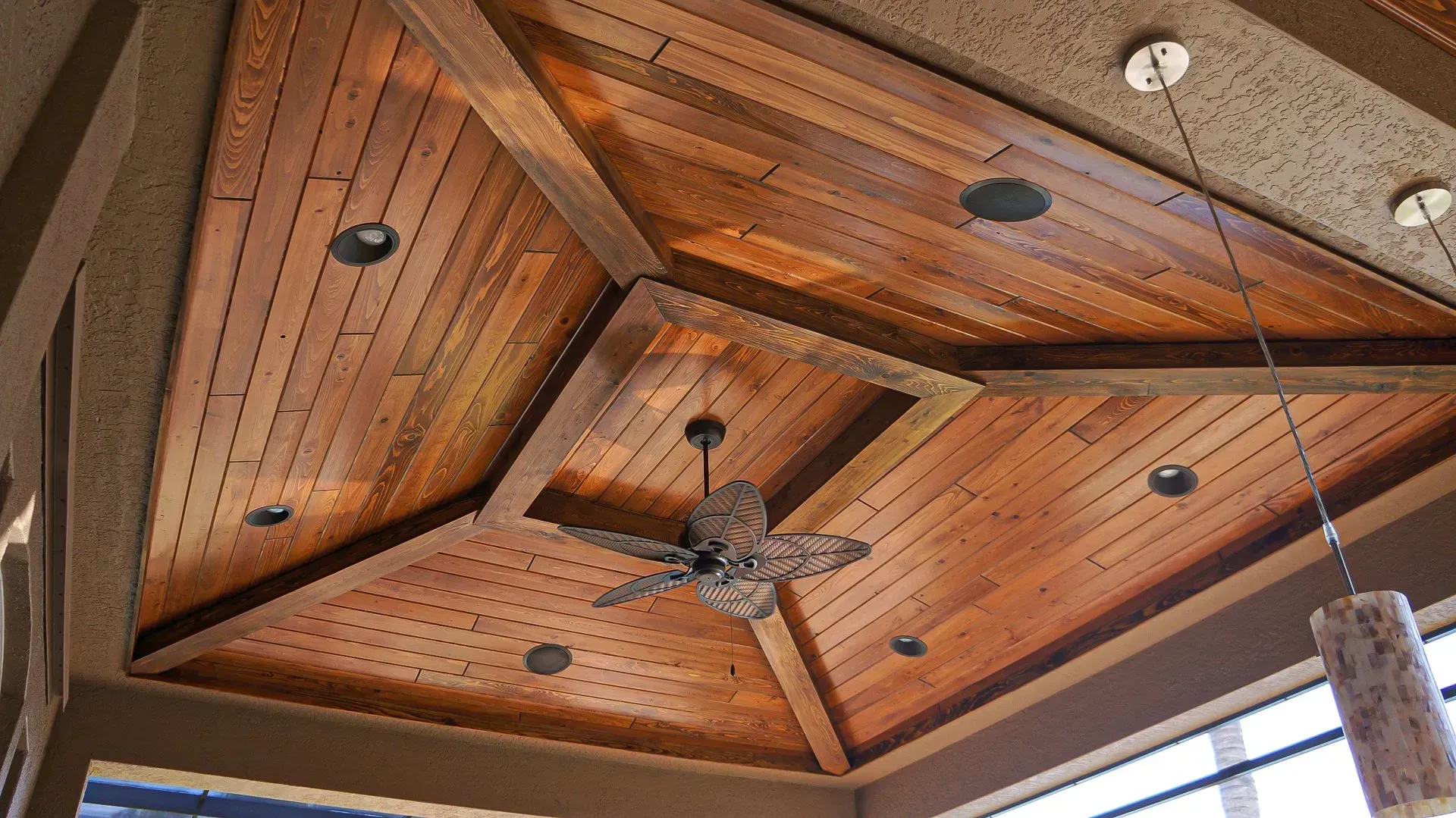
#2 Cypress wood ceiling with box beams.
8. What wood to use for your lanai or patio ceiling?
Southern Yellow Pine- Ponderosa Pine
- #2 Cypress - it's a little knotty
- Epeck Cypress - it's a little knotty with worm and insect holes
- Select Cypress - clear and pure as the wind-driven snow.
There are several styles to choose from:
- V-groove is the most commonly used. When you put two planks together, the joint looks like a V.
- Nickel joint is when you put two planks together; you can put a nickel in the joint.
- Square edge will make the joint virtually disappear.
The material can either come pre-finished or raw. We use materials manufactured by Synergy Wood Products. They do an excellent job selecting and culling material and putting a factory furniture grade finish on it. Raw material finished in place can never come close.
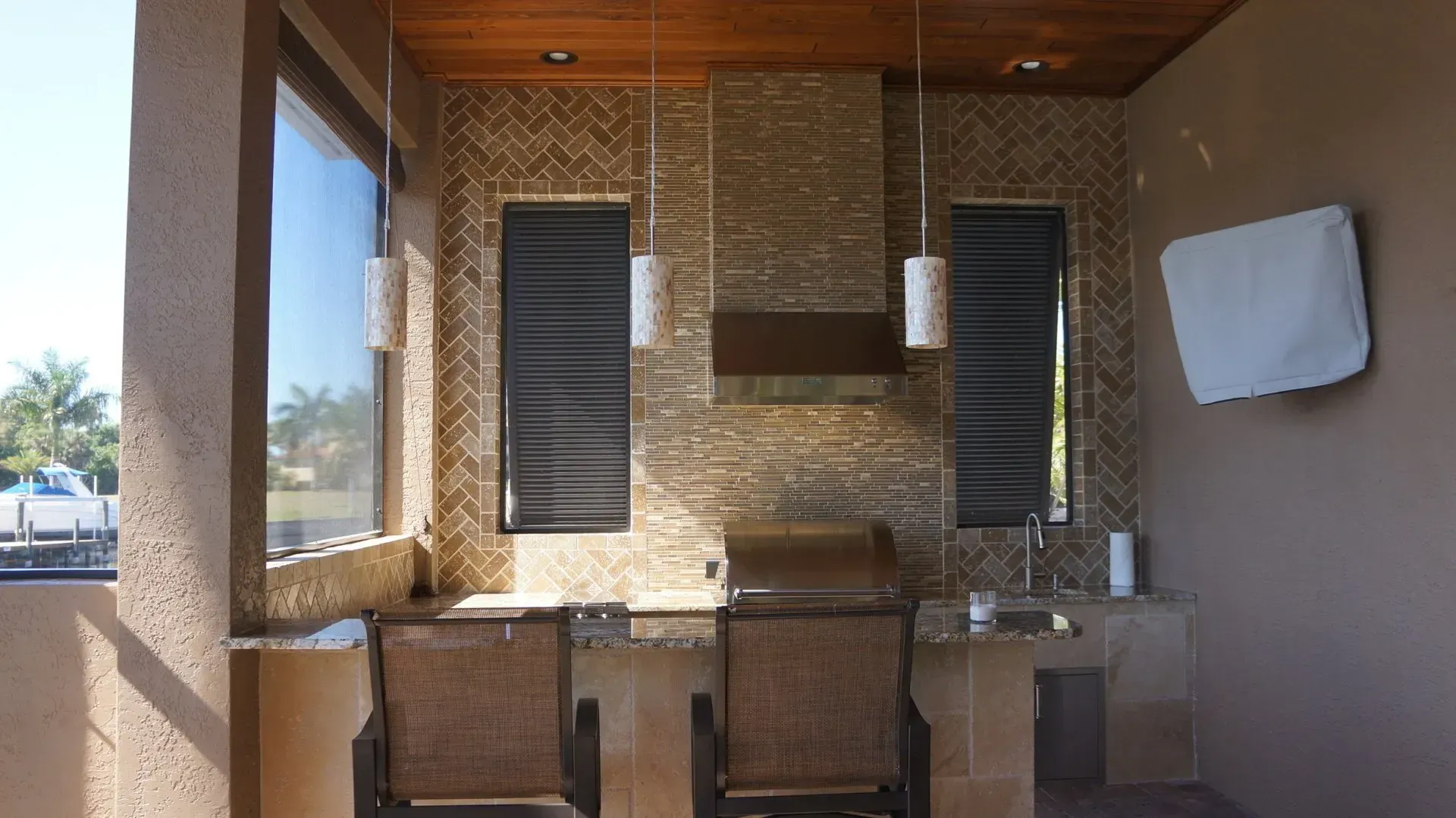
9. Can you use wood to build your outdoor kitchen?
You absolutely can, but DON"T do it! No matter where you are on planet earth, wood is beautiful and magnificent for many things, but not an outdoor kitchen. We use either mechanically attached structural aluminum or welded aluminum framing depending on the circumstances. It's right in any climate or region of the world and will last a lifetime. Refer to points one thru four above regarding wood.
When considering building a pergola, deck, outdoor shower, an outdoor kitchen or installing a wood patio ceiling make sure to ask lots of questions about the construction materials. Understanding what it's going to cost you now is important but having unknown major maintenance expenses over time will tick you off.
The outdoor experts at HL Posey Builders have taken the worry out and put the fun back in choosing the right materials, cabinets, and outdoor appliances for hundreds of people since 2007. Call Now at 239.893.3700 or email Elena at elena.hlposey@gmail.com and get your perfect backyard hangout with an outdoor kitchen .
